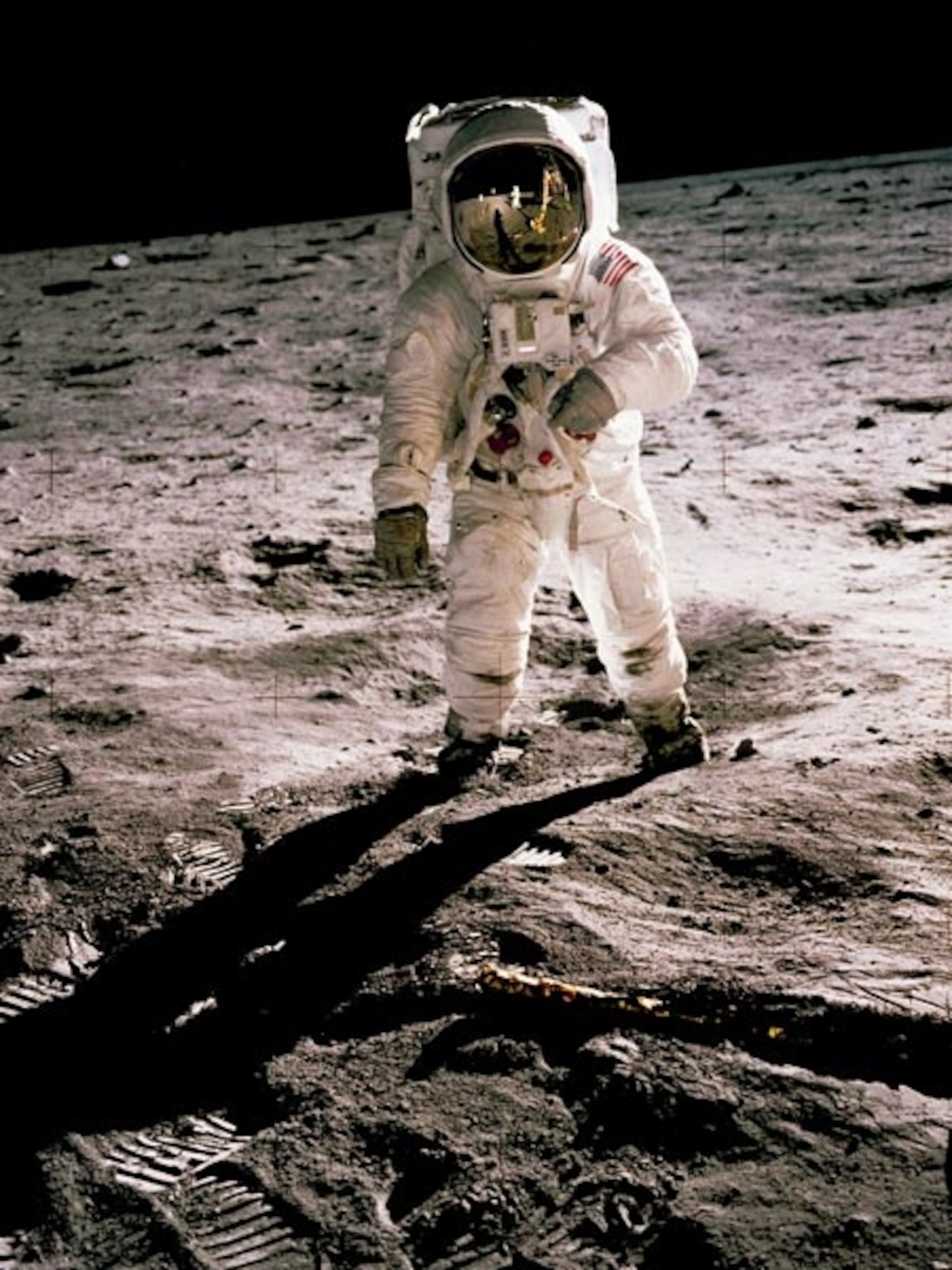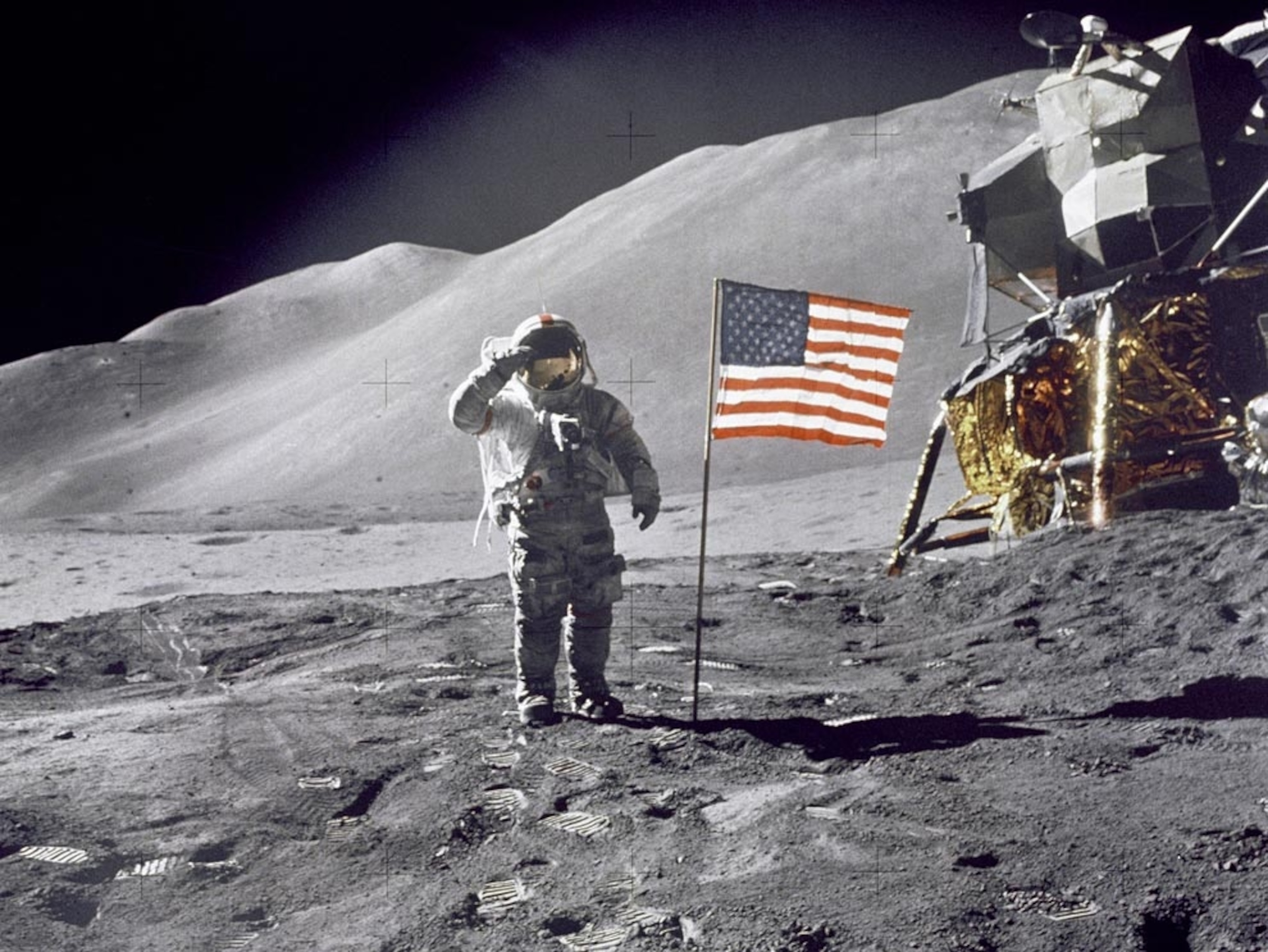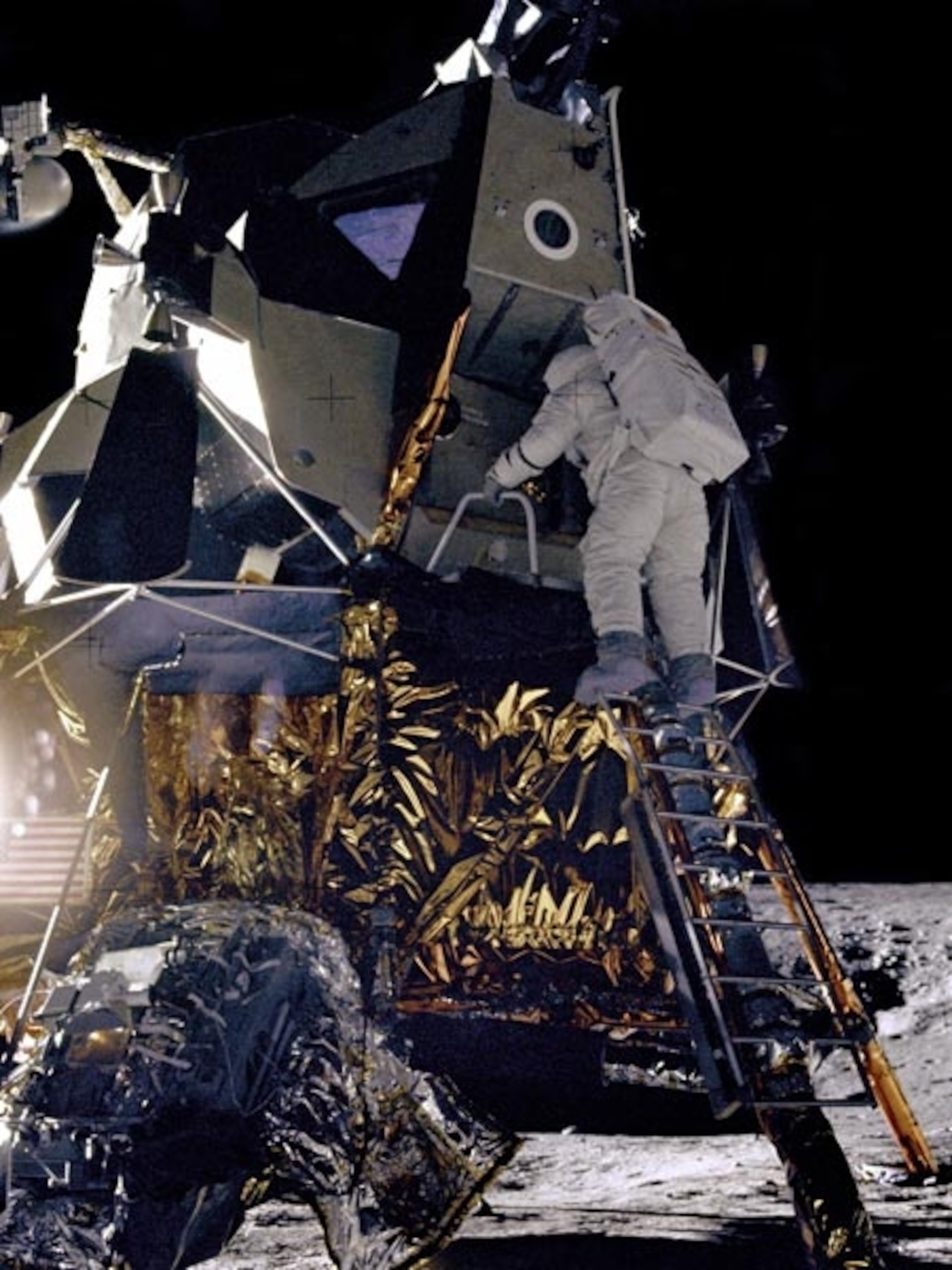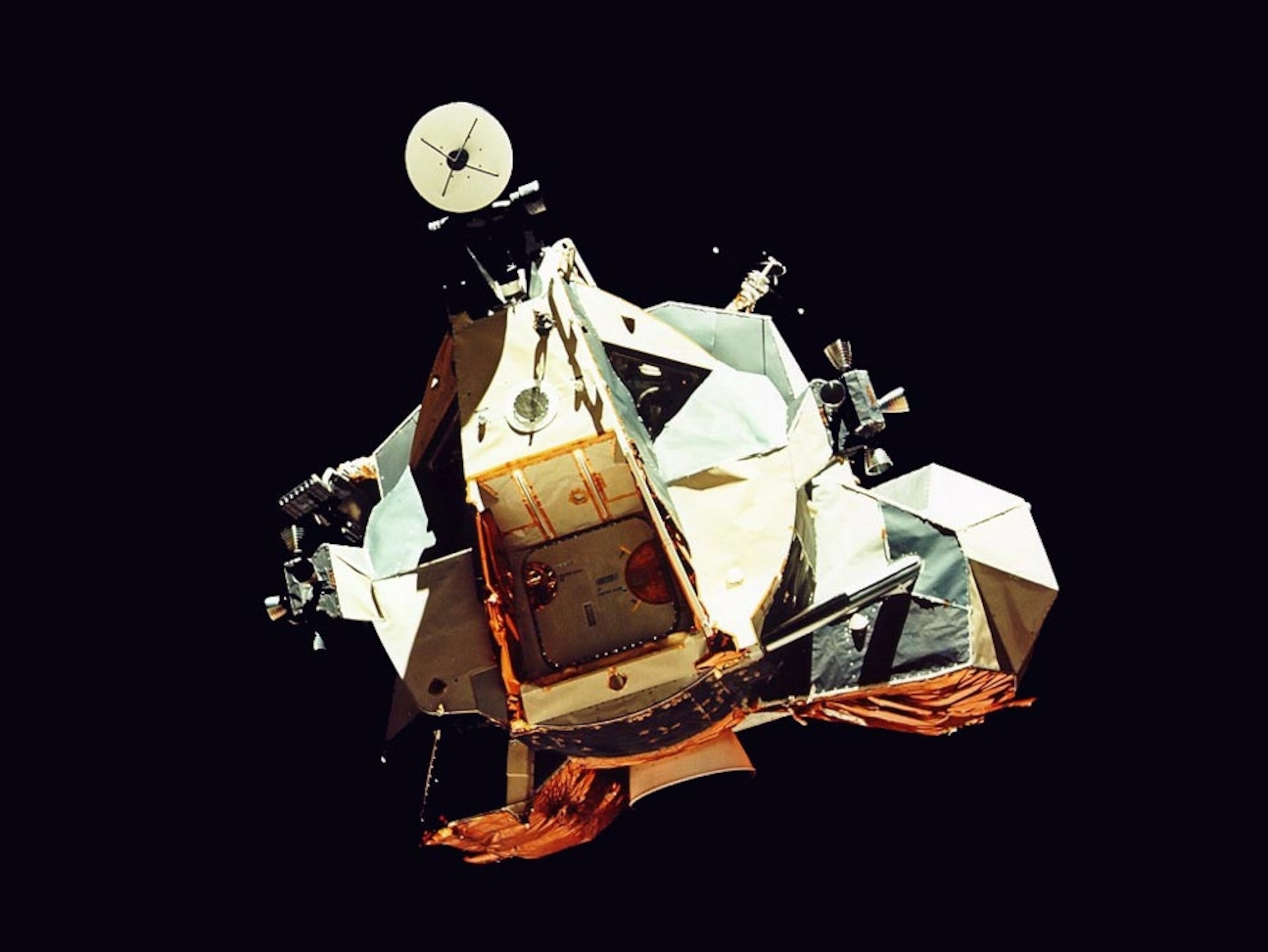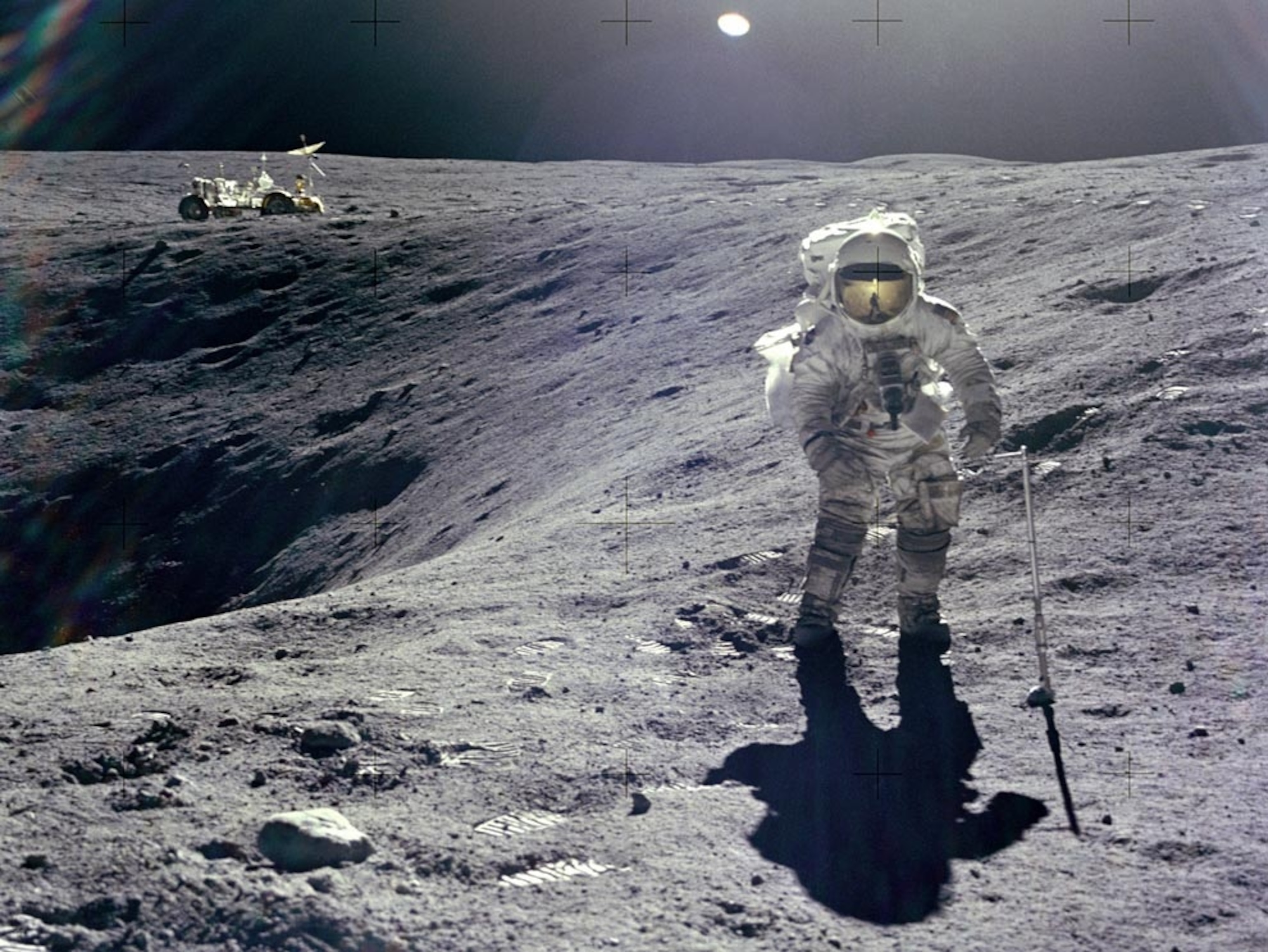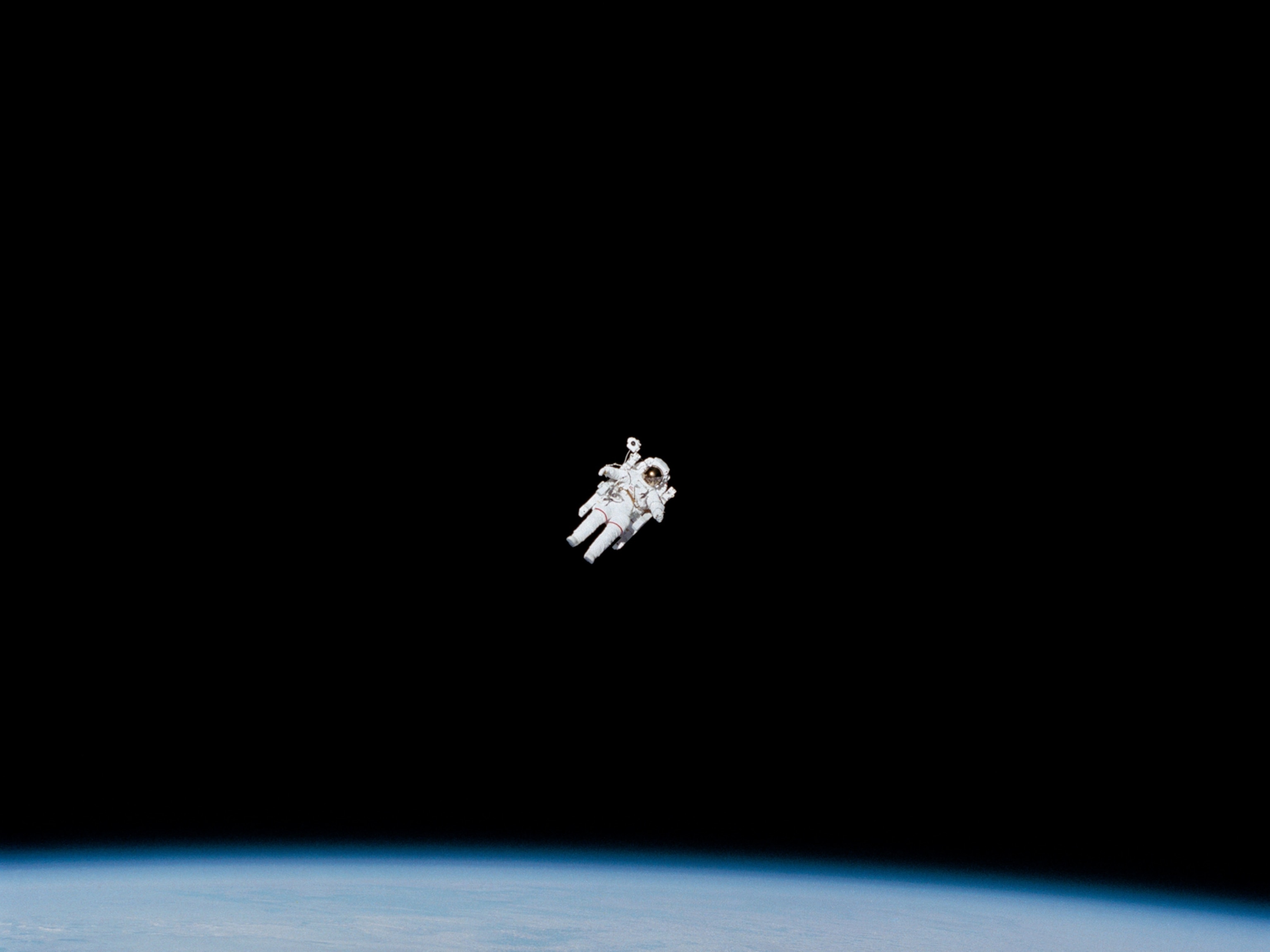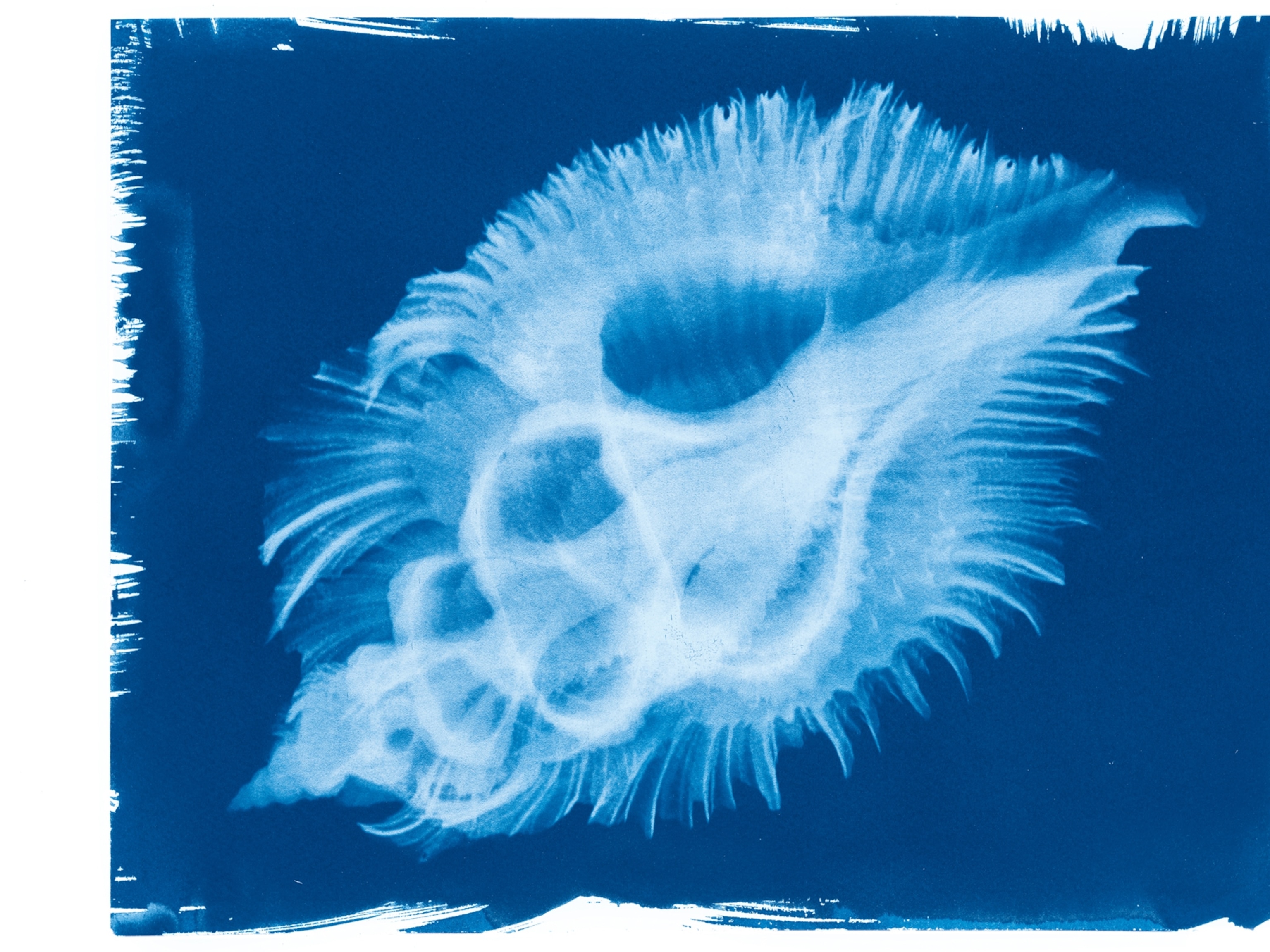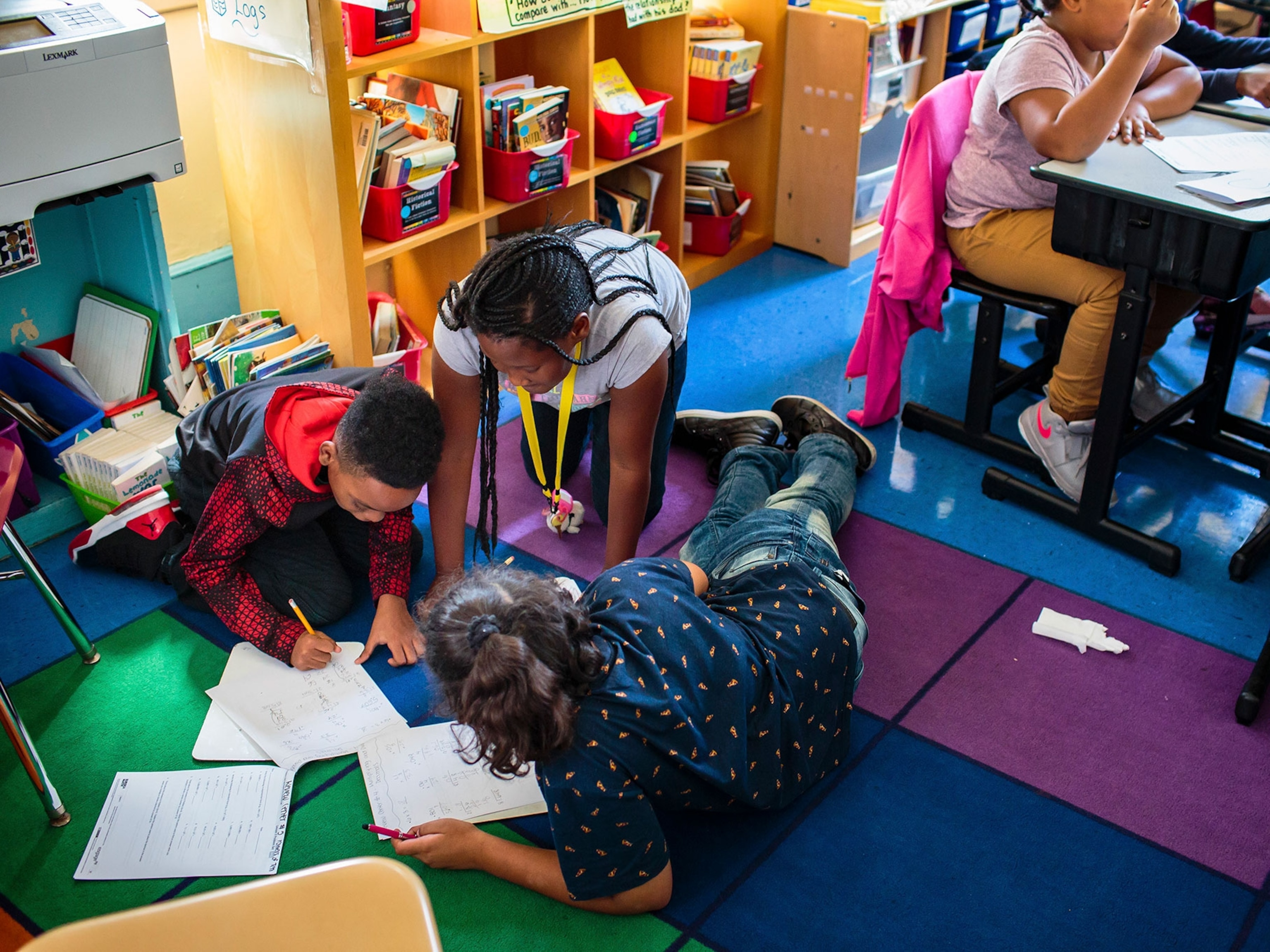Remembering Katherine Johnson, NASA's 'Hidden Figures' hero, for her love of numbers
The pioneering mathematician helped send the first U.S. astronauts to space—including on the Apollo flights to the moon.
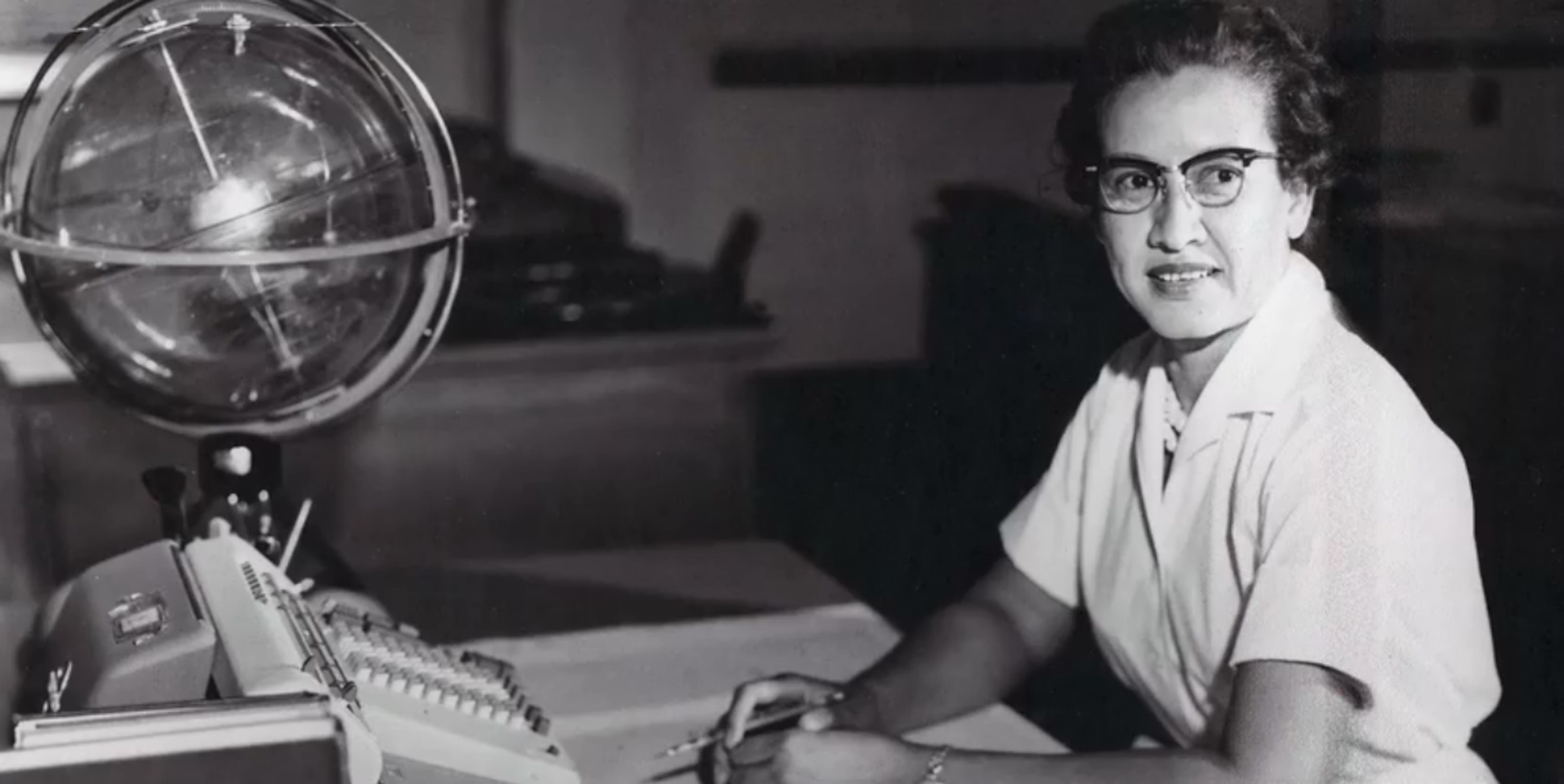
Katherine Johnson, the stereotype-shattering mathematician whose calculations helped sling NASA astronauts into space, died February 24 at age 101.
“Katherine G. Johnson refused to be limited by society’s expectations of her gender and race while expanding the boundaries of humanity’s reach,” Barack Obama said when he awarded Johnson the Presidential Medal of Freedom in 2015.
For decades, Johnson, an African-American woman, was among NASA’s largely uncelebrated pioneers. Her exquisite facility with analytic geometry formed the foundation for NASA’s most daring space missions of the 1960s, including the first crewed flights to the moon. But like the other black women who worked for NASA at the time, Johnson remained mostly unknown outside of the space agency—until 2016, when Margot Lee Shetterly published the book Hidden Figures: The American Dream and the Untold Story of the Black Women Mathematicians Who Helped Win the Space Race.
Telling the story of NASA’s “computers”—the women who quite literally plotted and computed aeronautical and astronautical trajectories—the book and a subsequent Oscar-nominated movie launched Johnson into the international spotlight when she was in her mid-90s.
“Quietly the quality of my contribution began to outweigh the arbitrary laws of racial segregation and the dictates that held back my gender,” Johnson wrote of her early days working as a computer. “I truly loved going to work every single day.”
A lifelong passion for numbers
Johnson was born in White Sulphur Springs, West Virginia, on August 26, 1918. World War I raged on, Woodrow Wilson was in his second term as president of the United States, and the Cold War-fueled space race was still decades away. Women could not vote, and racial discrimination was legal, systemic, and rampant.
As a child, Johnson displayed a natural aptitude for learning. By age four, she could spell and multiply, and she counted everything she could quantify.
“Math has always come easily to me. I loved numbers and numbers loved me. They followed me everywhere … that was just the way my mind worked,” she wrote in her 2019 autobiography, Reaching for the Moon. “I loved to learn so much that going to school alone wasn’t enough.”
By age 10, Johnson was in high school. At 18, she’d graduated from college, earning a degree in mathematics from West Virginia State College.
But as a woman, and especially as a woman of color, Johnson’s schooling and professional life were fraught with barriers. Widespread racism and segregationist policies limited her options, even though her talent was limitless.
“You could be a nurse or a teacher,” she said in a video interview with MAKERS, describing her early career trajectory.
Amazing Pictures From the Apollo Moon Missions
In 1953, Johnson left her teaching job and went to work as a “computer” for the National Advisory Committee for Aeronautics—NASA’s predecessor. There, her role was classified as “subprofessional,” and she worked in a segregated facility with a sign reading “Colored Computers” outside the door.
Her job, like the other black women with whom she worked, was to perform complex aerospace calculations by hand—the nascent machine computers of the day were not yet up to the task. Initially, Johnson pored over data from plane crashes, and she was soon transferred to the Flight Research Division.
Computing the space race
Johnson’s career transformed in 1957, when the Soviet Union launched Sputnik, the first artificial satellite, and ignited a space race with the U.S. In the late 1950s, as NASA pondered how to launch humans into space and bring them safely home, Johnson’s responsibilities shifted to calculating orbital trajectories.
For the next decade, the men who bravely flew beyond the atmosphere relied on the precision of Johnson’s hand-drawn calculations. In 1961, Johnson calculated the trajectory for Alan Shepard’s Freedom 7 capsule, the first U.S. spacecraft to carry a human, which flew to the edge of space before splashing down in the Atlantic Ocean.
The next year, when John Glenn became the first U.S. astronaut to circle Earth, he only climbed aboard the Friendship 7 capsule after Johnson verified the automated calculations made by an IBM computer. (The task took her a day and a half, and the numbers matched.)
Later, in 1969, when Apollo 11 astronauts Neil Armstrong, Buzz Aldrin, and Michael Collins headed for the moon, they did so using Johnson’s mathematics. “I computed the path that would get you there,” Johnson recalled to MAKERS. “We told them how fast they would be going, and the moon would be there by the time you got there.”
Johnson retired from NASA in 1986, having played a role in every crewed spaceflight program the agency had launched up to that point, from Mercury to the space shuttle.
“Ms. Johnson helped our nation enlarge the frontiers of space even as she made huge strides that also opened doors for women and people of color,” NASA Administrator Jim Bridenstine said in a statement. “We will never forget her courage and leadership and the milestones we could not have reached without her.”

